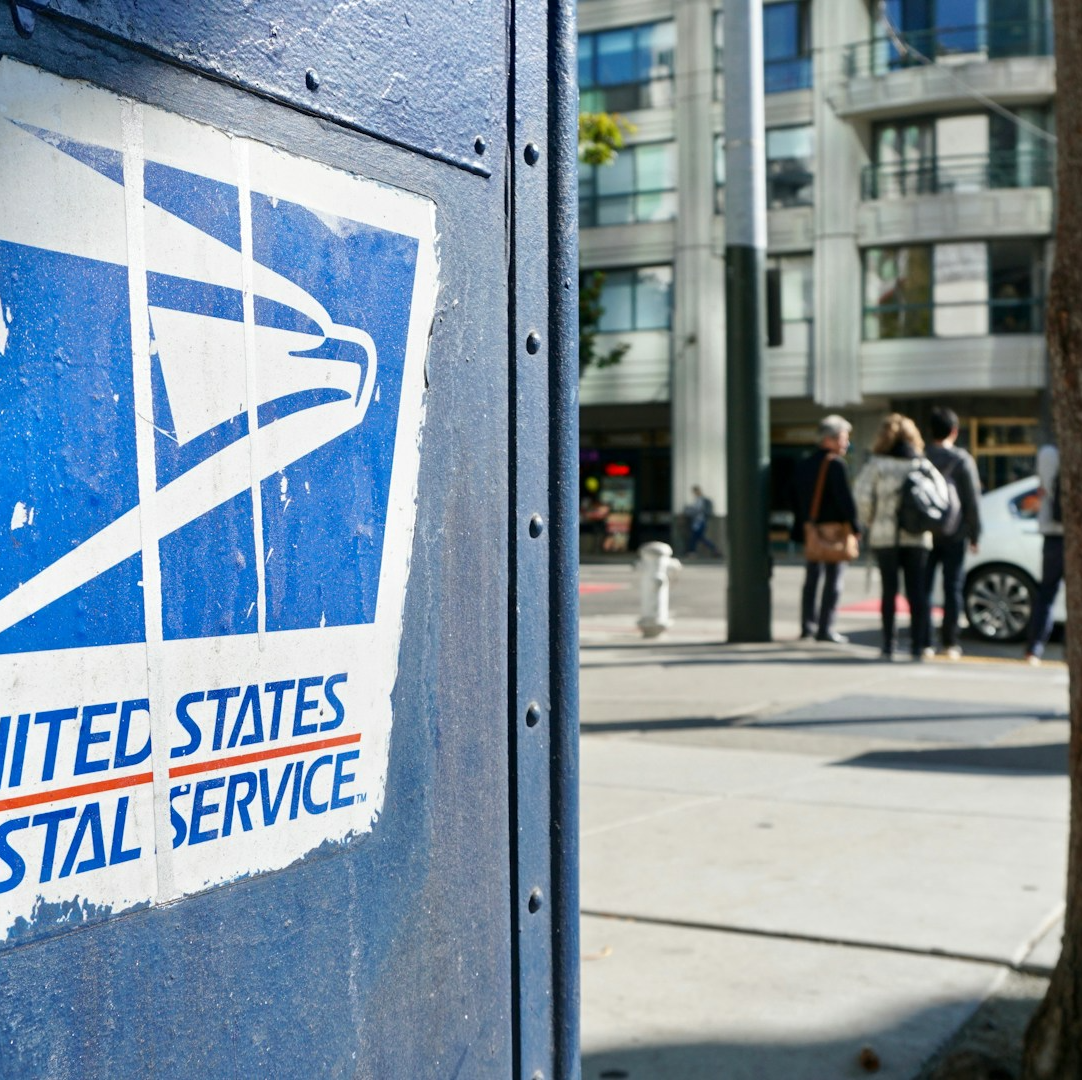Key Takeaways:
- Switching from FEHB to PSHB requires understanding the distinct differences in coverage and costs between the two programs.
- Carefully evaluating the benefits, enrollment process, and potential impacts on your healthcare is crucial before making the switch.
Switching from FEHB to PSHB: What’s the Real Difference and Should You Make the Move?
The upcoming transition from the Federal Employees Health Benefits (FEHB) program to the Postal Service Health Benefits (PSHB) program, effective January 1, 2025, brings significant changes for postal employees and retirees. Understanding these changes is essential to make an informed decision. This article breaks down the key differences and considerations to help you navigate this transition.
The Essentials: FEHB vs. PSHB Explained
FEHB has long been the primary healthcare program for federal employees, including those at the United States Postal Service (USPS). It offers a variety of health plans from numerous insurance providers. PSHB, established under the Postal Service Reform Act, will become the exclusive health benefits program for USPS employees and retirees starting in 2025.
While PSHB will operate under the FEHB umbrella, it is tailored specifically for the postal workforce. This means that while the program remains similar in structure to FEHB, there will be unique features and regulations that apply only to PSHB participants. The PSHB program is designed to cater to the specific healthcare needs of postal employees and retirees, ensuring that they receive targeted benefits and coverage options that reflect their unique circumstances.
Comparing Coverage: Key Differences Between FEHB and PSHB
One of the primary differences between FEHB and PSHB lies in eligibility and plan options. PSHB will cover postal employees, annuitants, and their families with plans that are largely similar to those offered under FEHB but are customized for the postal workforce. Here are some key points of comparison:
- Eligibility: Only USPS employees and retirees, along with their eligible family members, can enroll in PSHB.
- Plan Options: PSHB will include a mix of health maintenance organizations (HMOs) and fee-for-service plans, similar to FEHB. However, these plans will be specifically designed for the postal service population.
- Medicare Integration: PSHB will require all eligible annuitants to enroll in Medicare Part B to optimize benefits, a policy designed to reduce overall program costs and improve coverage coordination.
The integration of Medicare Part B is a significant change for many postal retirees who may not have previously enrolled in Medicare. This requirement aims to streamline benefits and reduce redundancies, ultimately leading to cost savings and more efficient healthcare delivery.
PSHB Benefits: What’s in It for You?
PSHB aims to provide comprehensive healthcare coverage with benefits tailored to the needs of the postal community. Some anticipated benefits include:
- Prescription Drug Coverage: Enhanced prescription drug plans, including Medicare Part D integration for eligible retirees.
- Preventive Services: A focus on preventive healthcare services to keep the postal workforce healthy and productive.
- Cost Management: Efforts to manage premiums and out-of-pocket costs effectively, ensuring affordable healthcare for all enrollees.
The PSHB program is structured to offer a variety of plans that cater to different health needs and financial situations. This includes options for both individuals and families, with varying levels of coverage and cost-sharing mechanisms. By focusing on preventive care, PSHB aims to reduce long-term healthcare costs and improve the overall health of its members.
Weighing the Costs: Should You Make the Switch?
Considering the cost implications of switching from FEHB to PSHB is crucial. While specific plan premiums and cost-sharing details will be available during the open season in late 2024, here are some general considerations:
- Premiums: PSHB premiums are expected to be competitive, reflecting the unique risk pool of postal employees and retirees.
- Out-of-Pocket Costs: Evaluate potential changes in deductibles, copayments, and other out-of-pocket expenses. PSHB aims to balance affordability with comprehensive coverage.
Comparing the total costs associated with each program is essential. This includes not only monthly premiums but also out-of-pocket expenses such as copayments, deductibles, and coinsurance. Understanding these costs will help you determine which program offers the best value based on your healthcare needs and financial situation.
Enrolling in PSHB: Steps for a Hassle-Free Transition
Enrollment in PSHB will begin during the open season from November 11 to December 9, 2024. To ensure a smooth transition, follow these steps:
- Review Plan Options: Compare the available PSHB plans to determine which best meets your healthcare needs.
- Check Eligibility: Confirm your eligibility for PSHB and Medicare Part B, if applicable.
- Enroll During Open Season: Make your selection during the designated open season period. Automatic enrollment may occur if you do not actively choose a plan.
Understanding the enrollment process and key deadlines is crucial for a seamless transition to PSHB. USPS and OPM will provide resources and support to help you navigate this process, including detailed plan information and step-by-step enrollment guides.
Answering Your Questions: Common Concerns About PSHB
Transitioning to a new health benefits program can raise many questions. Here are some common concerns:
- Will My Doctor Still Be Covered?: Most PSHB plans will offer extensive provider networks similar to FEHB. Verify with your plan to ensure your preferred providers are included.
- What Happens If I Don’t Enroll?: If you do not actively choose a PSHB plan, you may be automatically enrolled in a default option. It’s best to review your choices and select the plan that suits you best.
Ensuring continuity of care is a top priority for many enrollees. Verifying that your preferred healthcare providers are included in your new plan’s network can help prevent disruptions in your medical care.
Key Considerations: Factors to Think About Before Switching
Before making the switch, consider the following factors:
- Healthcare Needs: Assess your current and anticipated healthcare needs to choose a plan that offers the right coverage.
- Financial Impact: Compare the total costs, including premiums and out-of-pocket expenses, between your current FEHB plan and potential PSHB options.
- Plan Benefits: Review the specific benefits and coverage options available under PSHB to ensure they meet your requirements.
Making an informed decision requires a thorough analysis of your personal healthcare needs and financial situation. Consider your current health status, any ongoing medical conditions, and your anticipated healthcare needs over the next few years. Additionally, review the specific benefits offered by each plan to ensure they align with your healthcare priorities.
Making the Decision: Is PSHB the Right Move for You?
Deciding whether to switch from FEHB to PSHB involves evaluating your personal healthcare needs, financial situation, and the benefits offered by each program. Here are some steps to guide your decision:
- Conduct a Thorough Review: Compare the details of your current FEHB plan with the PSHB options available.
- Seek Professional Advice: Consult with a licensed insurance agent to get personalized advice based on your circumstances.
- Make an Informed Choice: Use the open season period to select the plan that best meets your healthcare and financial needs.
Taking the time to thoroughly review your options and seek professional advice can help you make a well-informed decision. Licensed insurance agents can provide valuable insights and guidance, helping you navigate the complexities of both FEHB and PSHB.
Next Steps and Resources
To prepare for the transition to PSHB, take advantage of the resources available from USPS and OPM. These organizations will provide updates and guidance to help you navigate the enrollment process and make the best choice for your health benefits. Staying informed and proactive is key to ensuring a smooth transition and selecting the plan that best meets your needs.
The Road Ahead
Transitioning from FEHB to PSHB represents a significant change for postal employees and retirees. By understanding the differences, evaluating the benefits and costs, and preparing for the enrollment process, you can make an informed decision that aligns with your healthcare needs. Stay informed and take advantage of available resources to ensure a smooth transition to PSHB in 2025.
Contact Information:
Email: [email protected]
Phone: 7145553456











